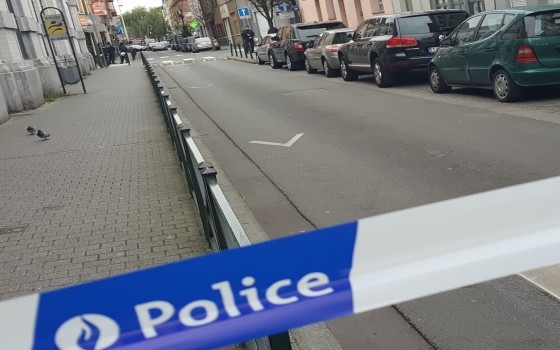
Their number has decreased among European youth... who are unemployed or have left education

- Europe and Arabs
- Friday , 26 May 2023 17:51 PM GMT
Brussels: Europe and the Arabs
In 2022, more than one in ten (11.7%) of young people aged 15-29 in the European Union were not in employment, education or training (NEET), indicating a decrease of 1.4 percentage points (pp) compared to By 2021. According to figures released in Brussels by the European Statistical Office, which added that over the past decade, there has been a significant decrease in the proportion of young people NEET.
In 2012, the European Union registered a rate of 16.0%, which peaked in 2013 (16.1%) and then began to decline steadily.
An exception occurred in 2020, when the index reached 13.8% during the Corona pandemic (from 12.6% in 2019), but it continued its downward trend since then, reaching 11.7% in 2022.
Reducing this rate is one of the aims of the European pillar of social rights. The goal is to reduce the NEET rate for young people aged 15-29 to 9% in 2030.
The Netherlands has the lowest percentage of NEETs
Across EU countries, there were wide differences in 2022 when looking at rates for these young people for the 15-29 age group. The share of these in the EU ranged from 4.2% in the Netherlands to a share nearly 5 times greater in Romania (19.8%).
The data shows that in 2022 a third of EU members are already below the 2030 target of 9%, namely the Netherlands (4.2%), Sweden (5.7%), Malta (7.2%), Luxembourg (7.4%), Denmark (7.9%) %), Portugal (8.4%), Slovenia (8.5%), Germany (8.6%) and Ireland (8.7%).
The number of young women who are neither employed nor in education is more than men
In most EU members, there were differences between NEET quotas for young women and men. In 2022, 13.1% of young women aged 15-29 in the European Union were NEETs, while the corresponding percentage among young men was 10.5%.












No Comments Found